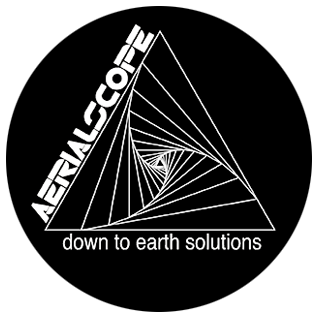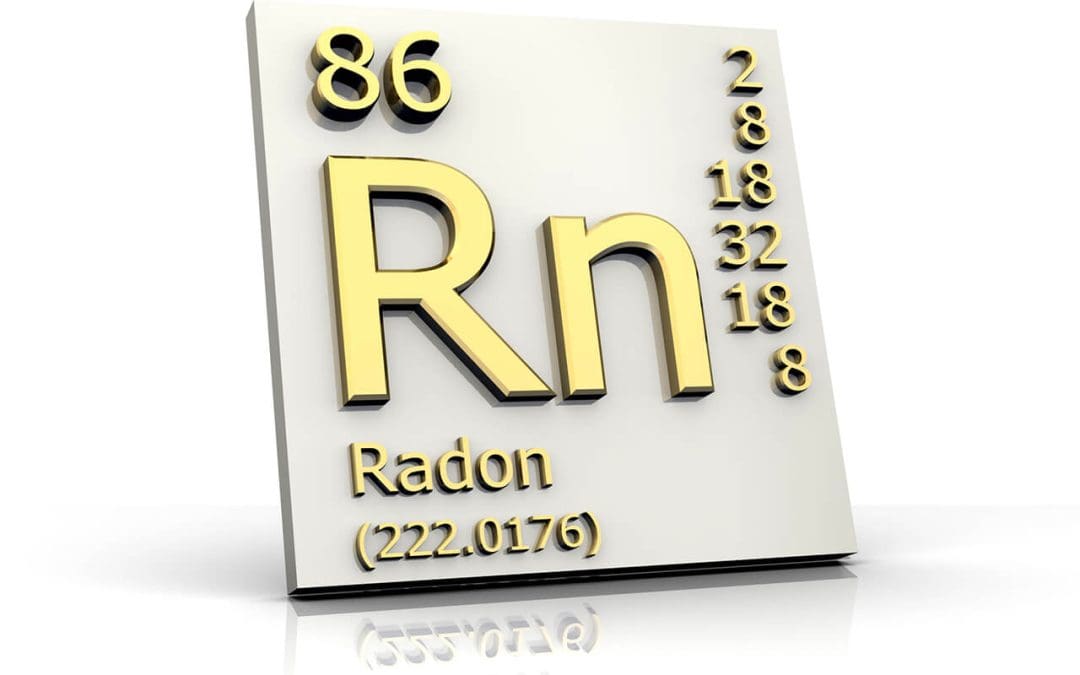Your home is meant to be a place of comfort and safety. However, radon could be compromising your health without your knowledge. Radon is a naturally occurring radioactive gas that may seep into your living spaces and pose risks to your family. Here, we’ll discuss radon gas, why it’s dangerous, and what a homeowner can do to mitigate radon in the home.
What is Radon?
Radon is a colorless, odorless, and tasteless gas resulting from the decay of uranium in soil, rock, and water. As uranium breaks down, it produces radium, which further decays to form radon. Radon is a noble gas, meaning it doesn’t readily interact with other elements. This characteristic, combined with its radioactive nature, makes it hazardous when it accumulates in enclosed spaces.
Why is Radon in the Home Dangerous?
Radon gas is a known carcinogen, and prolonged exposure can lead to serious health issues, primarily lung cancer. When radon is released from the ground, it enters buildings through cracks in the foundation, gaps in floors and walls, or other openings. In a home, radon accumulates, especially in areas with poor ventilation, such as basements and crawl spaces.
The primary health risk associated with radon exposure is lung cancer, and the risk increases further for those who smoke. Radon gas breaks down into radioactive particles that are inhaled into the lungs, where they emit radiation. Radiation can damage lung cells and increase the risk of lung cancer over time.
According to the U.S. Environmental Protection Agency (EPA), radon is the second leading cause of lung cancer in the United States, responsible for thousands of deaths each year. It’s important to note that even non-smokers are at risk, as radon exposure can still contribute to the development of lung cancer.
What Can Homeowners Do About Radon in the Home?
1. Testing
The first step to address radon in your home is testing. Schedule a test performed by a qualified professional for the most accurate results. Short-term tests are a quick way to get an initial reading, but long-term tests – conducted over several months – are recommended for a more thorough assessment.
2. Professional Radon Mitigation
If testing reveals elevated levels, consult with a qualified radon mitigation professional. These experts assess your home’s specific needs and implement effective mitigation strategies. A radon professional can install a mitigation system, which typically involves a vent pipe and fan to redirect radon gas from beneath the home to the outdoors.
3. Sealing and Ventilation
Seal entry points and boost ventilation in your home. Proper sealing of cracks in the foundation, floors, and walls helps stop radon from seeping into the basement. Adequate ventilation in basements and crawl spaces improves circulation and prevents the gas from accumulating.
4. Regular Monitoring
Radon levels can fluctuate, so it’s important to conduct regular monitoring to verify your mitigation efforts remain effective. Periodic testing, especially after any structural changes to the home, helps homeowners stay vigilant and reduce radon risks.
While radon is invisible, its consequences are real. Be proactive in addressing radon exposure to safeguard the health of your family. Testing, professional mitigation, and ongoing monitoring help minimize the risk of radon-related health issues. With these measures, homeowners can transform their living spaces to improve well-being.
AerialScope offers radon testing and consultation to customers in Connecticut, including New London, Middlesex, Wyndham, and Tolland Counties, and Washington and Kent Counties in Rhode Island. Contact us to schedule an appointment for our services.

